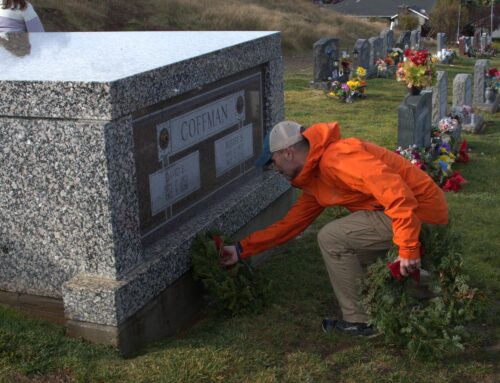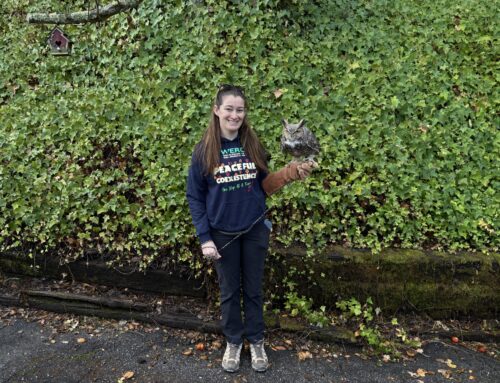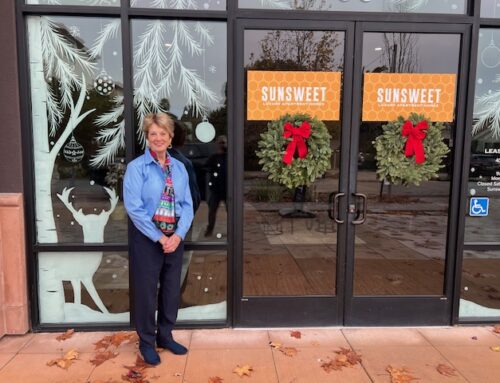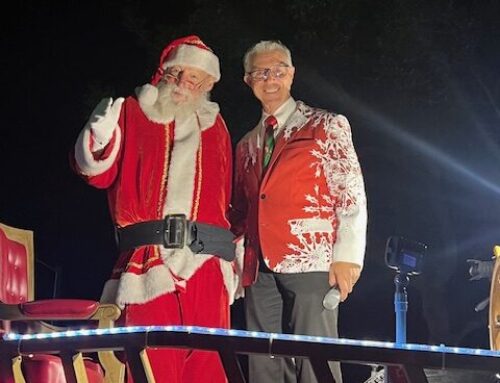Published in the May 11-25, 2016 issue of Morgan Hill Life
This year marks the centennial birthday of the National Parks Service, the government agency that documentary filmmaker Ken Burns called “America’s best idea.” But before that federal organization was established, California was taking steps in preserving our natural heritage for public enjoyment with the establishment of Big Basin Redwood State Park in the Santa Cruz Mountains in 1902.
During the decades, the California state parks system grew and now administers 280 separate park units on 1.4 million acres. The public can enjoy more than 280 miles of coastline, 625 miles of lake and river frontage, nearly 15,000 campsites and 3,000 miles of hiking, biking and equestrian trails. The largest park in the system is Anza-Borrego State Park with nearly 600,000 acres of desert landscape in the San Diego County region. It attracts about 700,000 visitors a year. The second largest state park is Henry W. Coe State Park, which covers nearly 90,000 of mountain chaparral terrain. Nearly three times the size of San Francisco, it draws more than 50,000 visitors a year. Most come from the Bay Area but many travel from as far away as Asia and Europe to explore this amazing wilderness that captures the spirit of coastal California.
The spring months are a popular time for visitors to explore Coe Park and see wildflowers blooming across the rolling hills and take photos of birds and other creatures that make their home here. It’s a recreational haven for many people who come for a leisurely day hike or an intense overnight backpacking jaunt deep into the wilderness to do some fishing in one of Coe’s several lakes. The park is regionally recognized as a mountain biking destination for those who want a challenge. Its many trails are also popular for equestrian use. The park is especially popular with families who bring the kids to fun annual events such as the Backcountry Weekend, the Tarantula Fest, the Mother’s Day Breakfast, or Ranch Days.
Despite its massive size and rugged terrain, Coe Park is patrolled by only one or two rangers depending on the season. (The entire park systems employs 2,500 permanent and 2,700 seasonal staff.) That means it would be impossible to keep this park open to the public 24-hours a day year round without the help of dedicated volunteers. The Pine Ridge Association, a nonprofit organization benefiting the park, was started in the mid-1970s to make sure this wilderness would remain preserved for public use. The PRA has a uniformed volunteer program where people are trained during the fall for various park jobs. Volunteers also maintain trails, springs, park facilities, and produce the public interpretative events throughout the year.
It takes dollars as well as volunteer hours to keep an immense state park open. Five years ago, Coe was one of 70 California state parks that faced a closure as part of a deficit reduction program proposed by Gov. Jerry Brown. Coe brings in about $100,000 a year in entrance and camping fees, not nearly enough to pay for staffing and maintenance compared with other more popular state parks which can draw up to 1 million visitors a years. Facing the closure, advocates from Silicon Valley and Morgan Hill and Gilroy quickly organized the Coe Park Preservation Fund and raised donations to keep the park staffed from July 2012 through June 2015. The principal donor was businessman Daniel McCranie, a Gilroy resident who owns Ladera Grill in Morgan Hill. Then, officials found the state parks department had been sitting on “hidden assets” totaling about $54 million. After all their hard work, the donors were not pleased by this violation of public trust.
Coe Park still requires financial help to ensure it stays a quality wilderness experience. And McCranie is stepping up again. Through Ladera Grill, he set up a special grant program with the PRA to provide $100,000 in funding in eight different installments through Jan. 1, 2020. The money will go to create and maintain trails and springs, as well as interpretative activities for public enjoyment including guidebooks, pamphlets and educational programs. Money will also be used for the special events the PRA puts on throughout the year.
We salute the many volunteers in the PRA for the time and energy they give to ensure Coe Park remains a wonderful wilderness experience for visitors and school students who go there on field trips. We also salute McCranie and Ladera Grill for helping the PRA continue its mission. And we encourage all residents of the South Valley to be involved in keeping Coe Park open, either by visiting the park with friends and family, joining the uniformed volunteer program, or providing a financial donation through the PRA.







